Junk collage summer and lessons in surrender
Art dates, cathartic messes, and endless surprises.
Art can be a lonely venture, but it’s often in solitude that we hear the call. An idea, an emotion, a breath. An abstraction or a mirror. But the process isn’t in silence. We’re in constant dialogue, holding internal monologues over every micro-decision—and it’s our inner criticism and self doubt that is often the loudest.
Earlier this year, I came across a collage made of cut paper angles composed with playful and curious juxtapositions. I loved the interesting spatial illusions it created. Inspired, I collected all my bits of scraps and old magazines that I’ve hung onto just for this very purpose, with the hopes of kicking my monochromatic drawing rut. I took over my kid’s desk in her empty room, spread out my supplies, and proceeded to cut shapes with the intention of arranging them into some poetic masterpiece that I was sure I’d nail.
Friends, I did not nail anything.
In fact, it was a colossal disappointment. I left the mess behind on the desk for two weeks, then swept everything away. Even more than the failed collage, I was disappointed that I had given up so quickly.
I often wonder where perfectionism comes from. Genetics? Modeled behavior? Cultural influences? Insecurity or the pressure to (out)perform? I am not one to quit anything easily, but in this particular instance, I had too many expectations on a creative exercise that was not meant to be serious. I was quickly humbled by my presumption that I could pick up this medium on my first attempt in years. Collaging is a very accessible art form because it invites free play without any rules, but they can be deceptively hard to master. That disconnect between idea and execution zapped my motivation. I decided much too quickly that I sucked at collaging.
So I didn’t know what to expect when my friend, Yen, invited me to collage with her at her studio at the start of summer. It’s been a long time since I’ve created anything with anyone. The last time was more than five years ago when I was sitting in an office with other designers in the room before we went remote.
She set up some basic parameters: 4”x 6” white cards, junk mail as source material, five cards each at every session, and a cap of three hours.
Her preference is to work in landscape; my inclination is to turn the card vertically. I challenged myself to stick with this orientation since she already had a stack of collages complete when I joined her.
I don’t know what I’m doing and it’s probably going to be ugly.
I come in the first day with a self-deprecating caveat.
I think that’s partly the point.
My friend insists.
It’s been an interesting and meditative process sitting opposite each other on a slightly too-small work table in a 8x10 foot studio. Week after week, we share mundane details about family life while we cut apart junk mail and old catalogues. Sometimes we don’t talk at all but sit in silence as we work on our own collages. A half hour will go by before either of us says a word.
After two plus hours of cutting and arranging, we start gluing shapes down even if it’s been a struggle to make something visually work. The process of pasting is another lesson in concessions and acceptance. The glue is messy and unforgiving. The source material is often thin and tears easily. We can’t reposition, therefore any mishaps force quick improvisation. We surrender to the medium and see where it takes us, even if it veers from our original intent.
Sometimes we laugh at how ugly some of the collages we’ve created are. I cringe at a handful because they are comically terrible, but we pin them on the wall anyway because we’re both learning to embrace the ugly as part of the process.
We leave the mess of cuttings on the floor. That too becomes an act of surrender as we fight against the urge to sweep the mess away.
And then there are times when a collage comes together and turns into something sublime. We nod in satisfaction. A lyrical line that materializes from two butting shapes. Or the start of a narrative that emerges as our eyes try and stitch together a story. We tell each other that we’re getting better at this, only to be frustrated the following week when nothing seems to be working again. The process is endlessly surprising.
I could never have guessed when we first started what two compulsively neat perfectionists would end up creating with junk mail catalogs. It isn’t like any of our other artwork. It’s why this project continues to capture our interest even though we’ve been at it for six weeks now.
We are both obsessive with meticulous details in our own work. We are systems thinkers, balancing form and function with methodical research and analysis—skills that have served us well in our careers: she, an architect; me, a UX/product designer. But here we are, cutting out catalog clippings of hands, folds of fabric, bits of text, images of tools, candy, and other random and weird objects. We remix, layer, and assemble them into new compositions, and in the process some interesting questions have arisen: will we start influencing each other’s collages? Will we fall into a rut and favor certain palettes and compositions? Will we remember which collages were made by whom?
Six weeks in and nearly 100 collages later, I confirm what I knew all along but didn’t put into practice: consistency and a bit of creative constraint is often the key to capturing that elusive flow state.
It shouldn’t have come as a surprise. Just like my writing practice which I’ve maintained with unwavering consistency, I needed the scaffolding of structure and repetition to enter the mindset of disciplined practice.
As with any work that is a produced in multitudes, the collection is more impressive than any individual piece. Is any of it great art? No, but that’s far from the point. The act of creating in tandem has been more valuable than the output.
To keep up any kind of regular practice is commendable, but to keep a weekly art date with a friend has been even more remarkable. Sometimes life align when you’re stuck in misalignment, but most of all, we’re having fun.
Related reading
Weekly links & recommendations
To read:
The Women Who Refused to Choose Between Mothering and Artmaking (MIT Press)
Admittedly, I chose work and mothering over art, but these group of women artists in midcentury San Francisco rejected the notion “that any attempt to combine art work with housework and family responsibilities is impossible, unnatural.”A Medical-History Museum Contends with Its Collection of Human Remains (The New Yorker)
I have wanted to go to the Mütter Museum in Philly for 25 years, no joke. Now that one of my kids is in college in the area, I’m determined to make it happen!Is it Time to Walk Away from a Friendship? (Provoked)
It’s a painful question that I’m sure most of us have asked ourselves.The cult of the “tomato girl” (Salon)
The tomato as muse in high fashion and art.Aristotle would scoff at Mark Zuckerberg’s suggestion that AI can solve the loneliness epidemic (The Conversation)
Sorry, Zuck, but nobody wants to be friends with AI chatbots.The résumé is dying, and AI is holding the smoking gun (Ars Technica)
I hate everything about this current job market.
An exhibition worth seeing if you’re in NYC:
Alicja Kwade “Telos Tales” at Pace Gallery
Kwade is a Berlin-based artist who is known for her large sculptural installations. It’s hard to process the scale and rhythmic ticking sounds of these clocks from these images, but the size of these clock faces inset in highly reflective metal looms large and illustrates how time warps and stretches. See more at Pace Gallery through August 15.





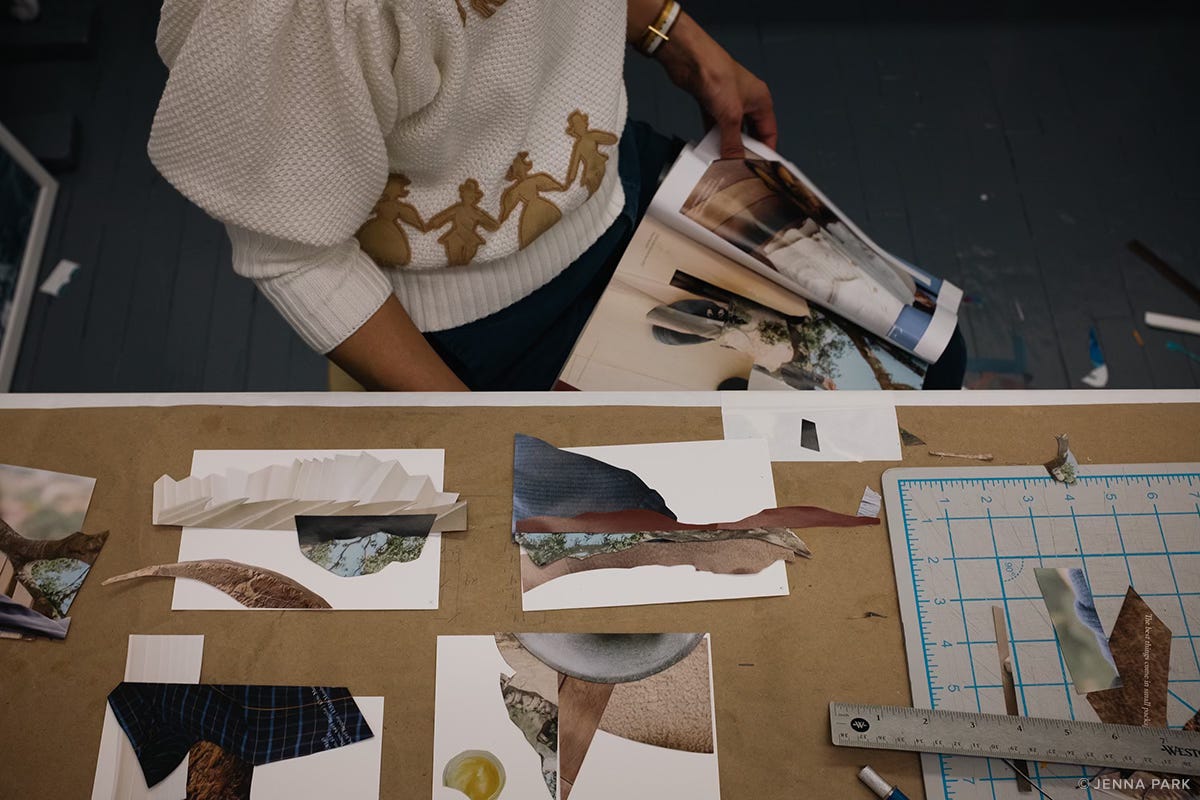


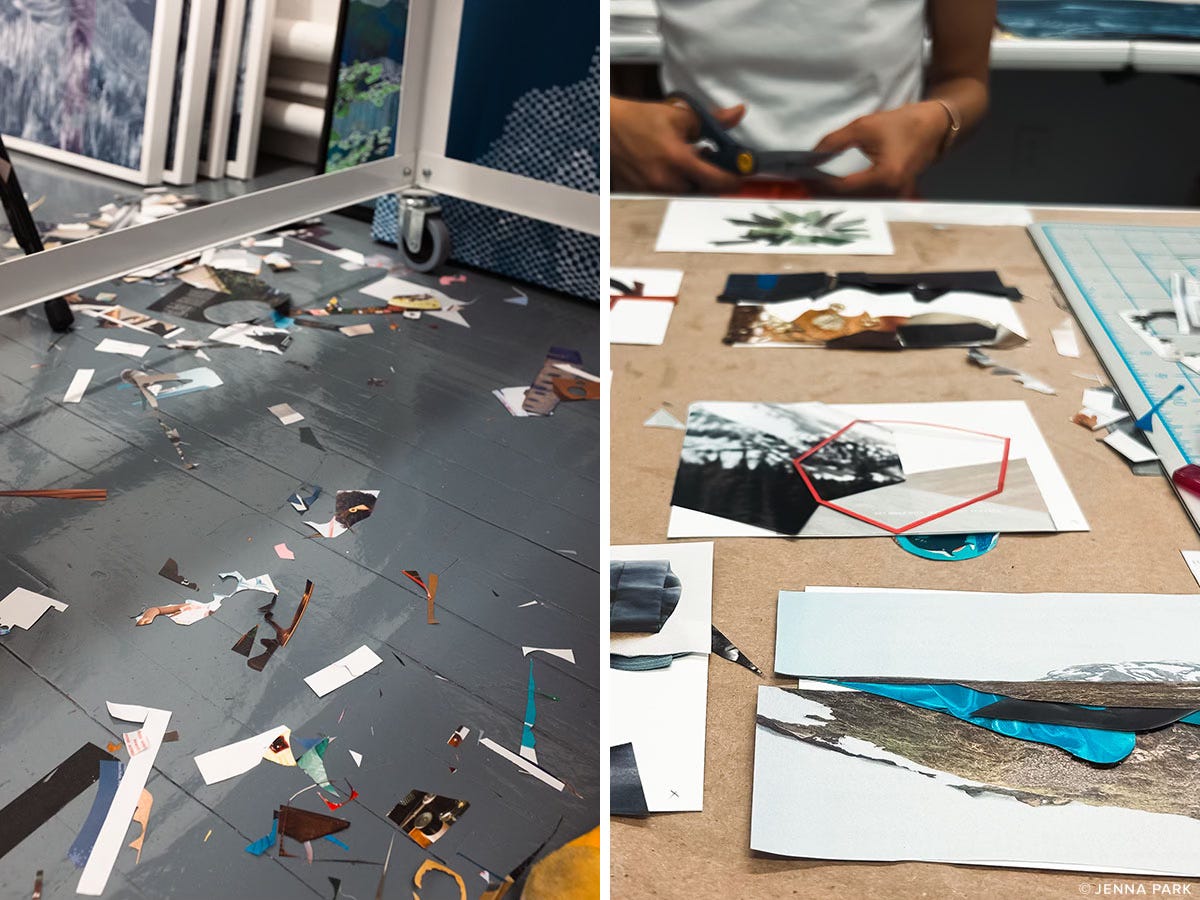
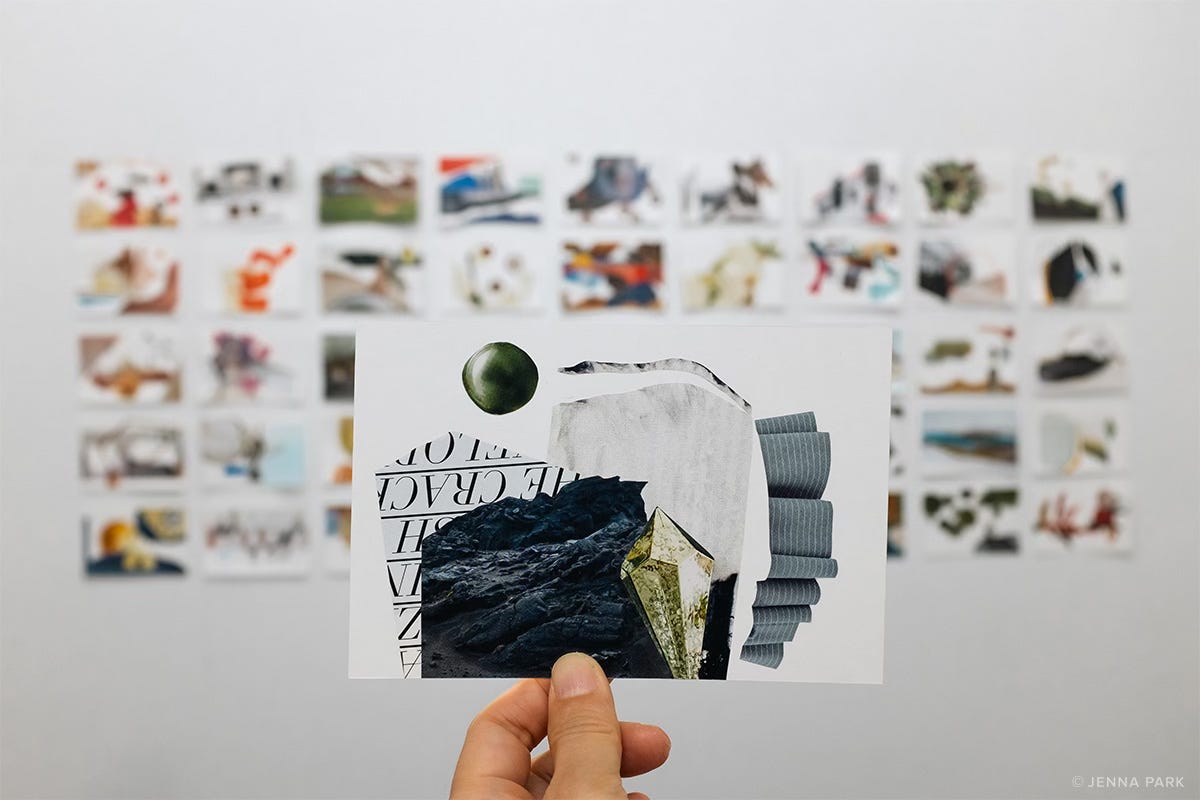
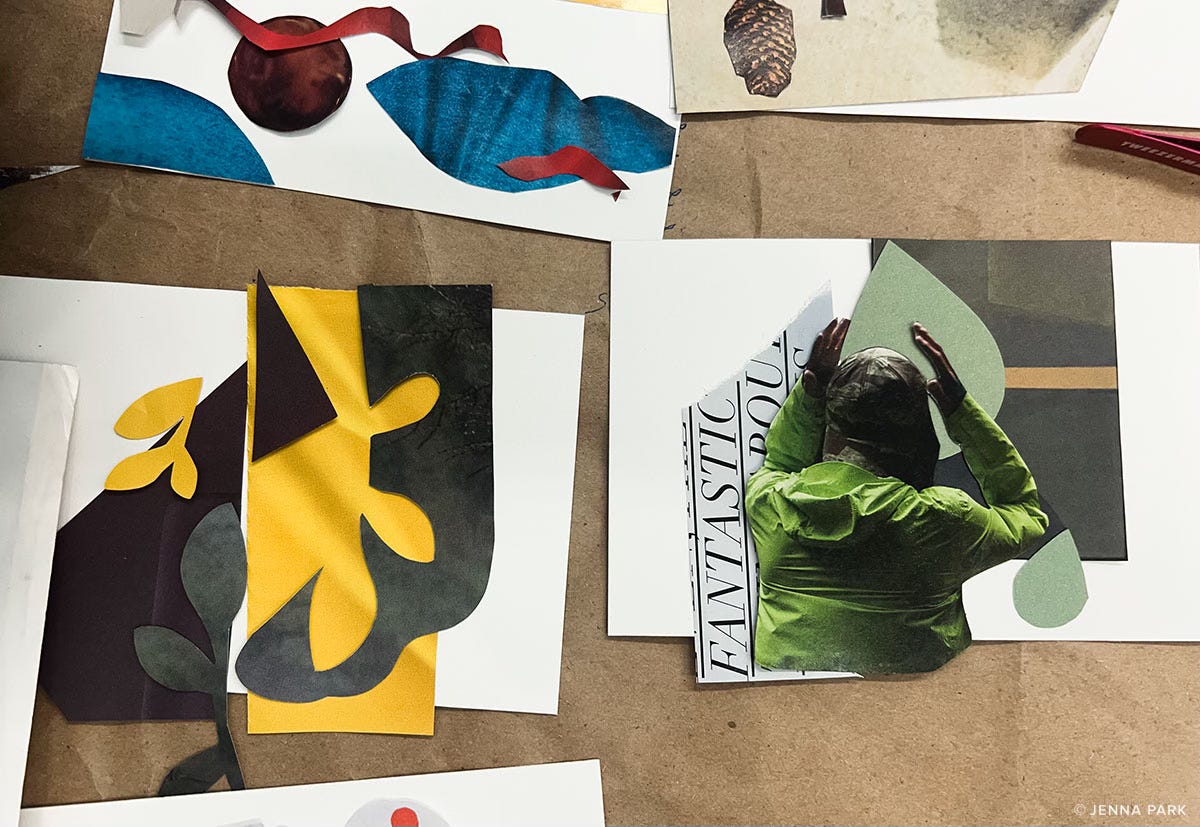
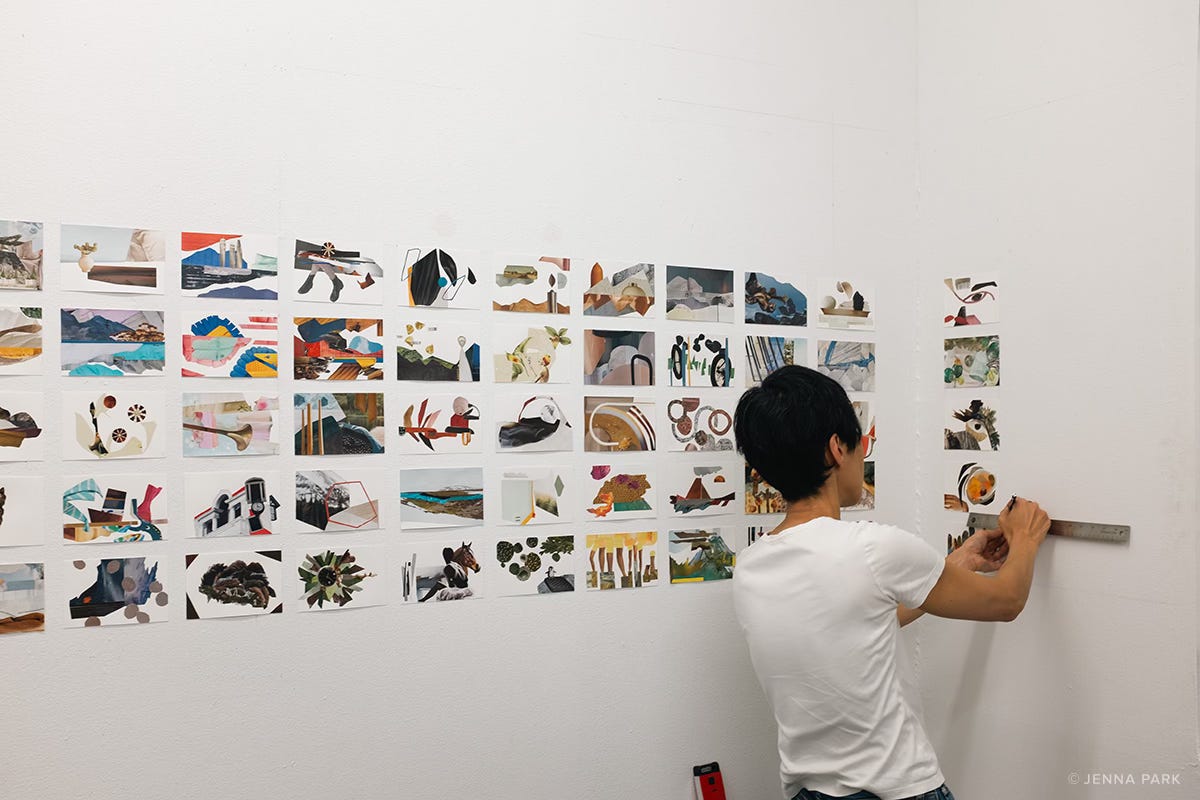

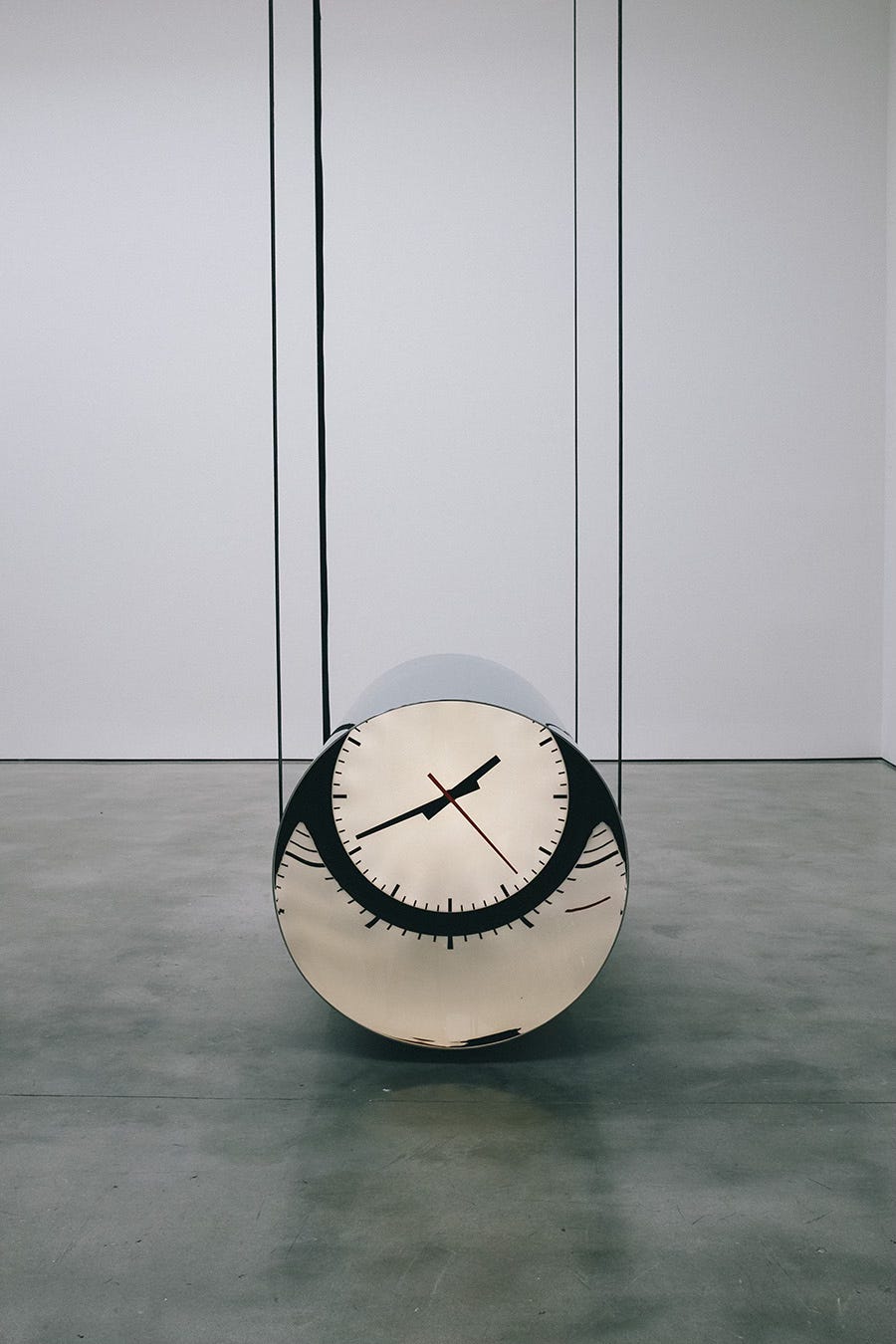
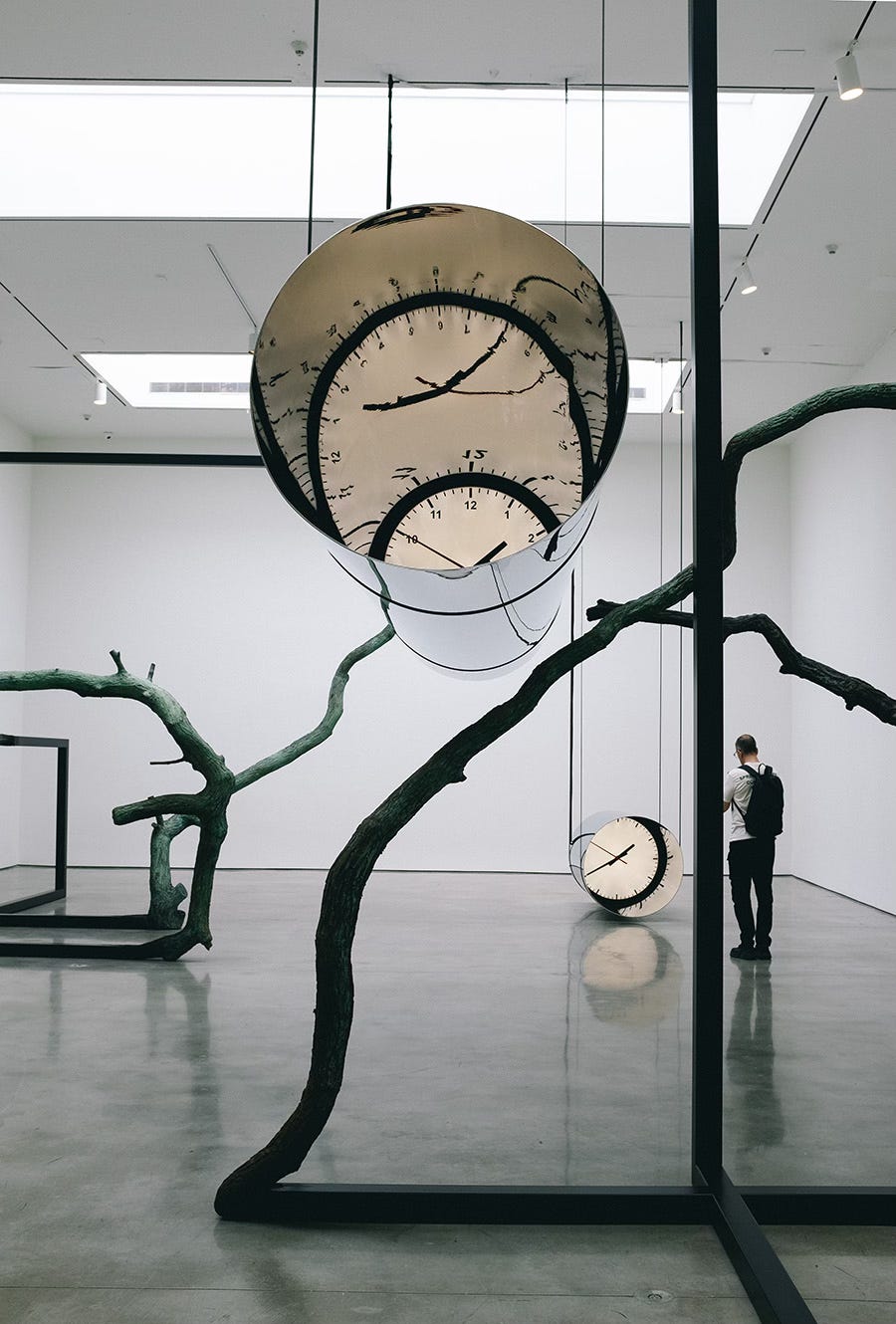
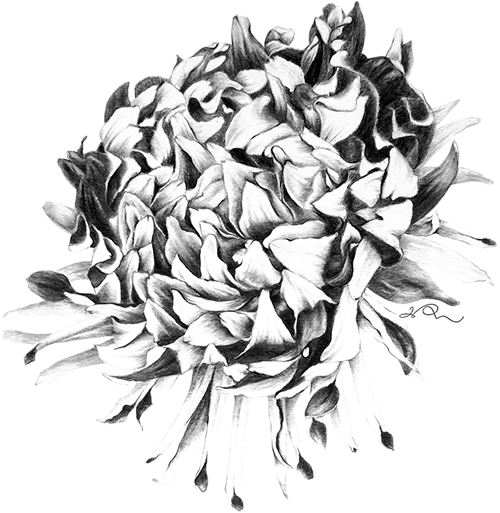
These are so strong and storied… I feel like there is a deeper message about capitalism and reuse here in the layers. LOVE. So inspired.
That sounds like a fantastic practice, especially to do with a friend! I love the process of letting the shortcomings of the material shape the outcome.